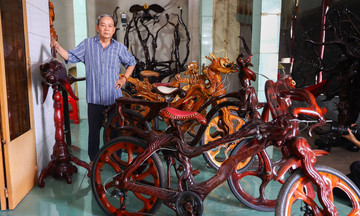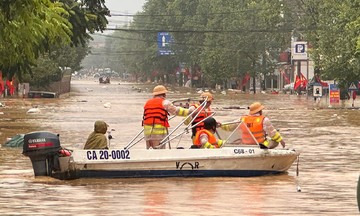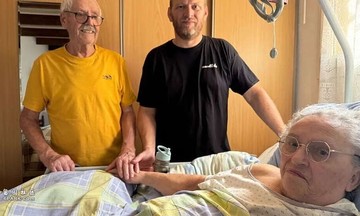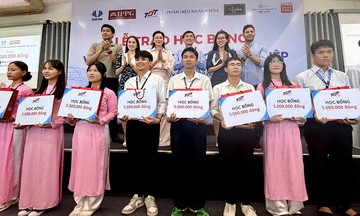The 49-year-old Vietnamese woman living in Brussels, Belgium, was told by her doctor that the cyst was benign and not causing complications, so a long wait was acceptable.
Mai married and settled in Belgium in 2005. Initially, she paid little attention to the European healthcare system until she discovered the ovarian cyst in 2006. Every procedure required an appointment, from routine checkups to surgery, and waiting times were often several months, even years. Only emergencies were dealt with immediately.
For immediate consultations, the cost could double, from 30 USD for a family doctor visit to over 60 USD at a private clinic or after hours. This extra cost was not covered by insurance, so she chose to wait.
Her experience is the first hurdle for many Vietnamese encountering Western healthcare systems, where strict procedures and waiting times are common. Some opt to bring medication from Vietnam, storing it at home for self-treatment. In Vietnam, most medications are readily available, while in Belgium, a doctor's prescription is required.
Mai's story is not unique. A 2023 BioMed Central report indicated that about 70% of immigrants in Europe reported facing obstacles and surprises when accessing healthcare services, especially those of Asian descent. A 2025 Oxford Academic (University of Oxford) study found that 22% of immigrants in Europe experienced at least one obstacle in accessing healthcare.
This situation also exists in other countries, such as the US. A report by the Kaiser Family Foundation and the Los Angeles Times revealed that 84% of immigrants in the US, including the Vietnamese community, were surprised and frustrated by the healthcare system's procedures and costs.
A survey by the US National Institutes of Health (NIH) showed that Vietnamese Americans have the lowest rate of unmet healthcare needs among Asian groups, at only 2.8%. Around 7% of Vietnamese Americans lack insurance, leading to high healthcare costs, according to the US CDC.
A survey by Professor Huynh Wynn Tran, MD, CEO of Wynn Medical Center Clinics in California, noted that around 50-60% of immigrants experience confusion during their first encounter with the US healthcare system.
He, too, was shocked when he arrived in the US in 1999 by the stringent medical examination procedures. Patients had to schedule appointments by phone or online, declare their insurance, and choose a doctor within their network. Even a former student of his, now a family doctor, required a 3-4 week wait for an appointment.
Meanwhile, in Vietnam, patients typically go directly to the hospital or clinic, queue, and see a doctor the same day. He himself had traveled from Bac Lieu to Ho Chi Minh City for medical consultations without prior appointments.
This is also the biggest shock for Vietnamese people when facing health issues. Most have to wait a long time: seeing a family doctor takes several weeks, seeing a specialist sometimes takes several months, and for some rare specialties, almost half a year.
The health insurance system in the US is also complex, with concepts like managed health, deductible, and prior authorization causing confusion for many. Without prior checks, patients can receive high bills.
In the US, the role of the family doctor is crucial. All healthcare and specialist consultations go through them. The US healthcare system emphasizes tiered care and cost management through insurance, while Vietnamese people are accustomed to quick and direct consultations.
He once encountered a newly arrived Vietnamese patient with chest pain at his clinic. After the family doctor's examination, the patient was asked to undergo further tests with a gastroenterologist. The patient became impatient, thinking the pain was heart or lung related, and wanted to go directly to a specialist but was refused due to the lack of a referral.
"The biggest barrier is not expertise, but the difference in culture and healthcare systems," he observed.
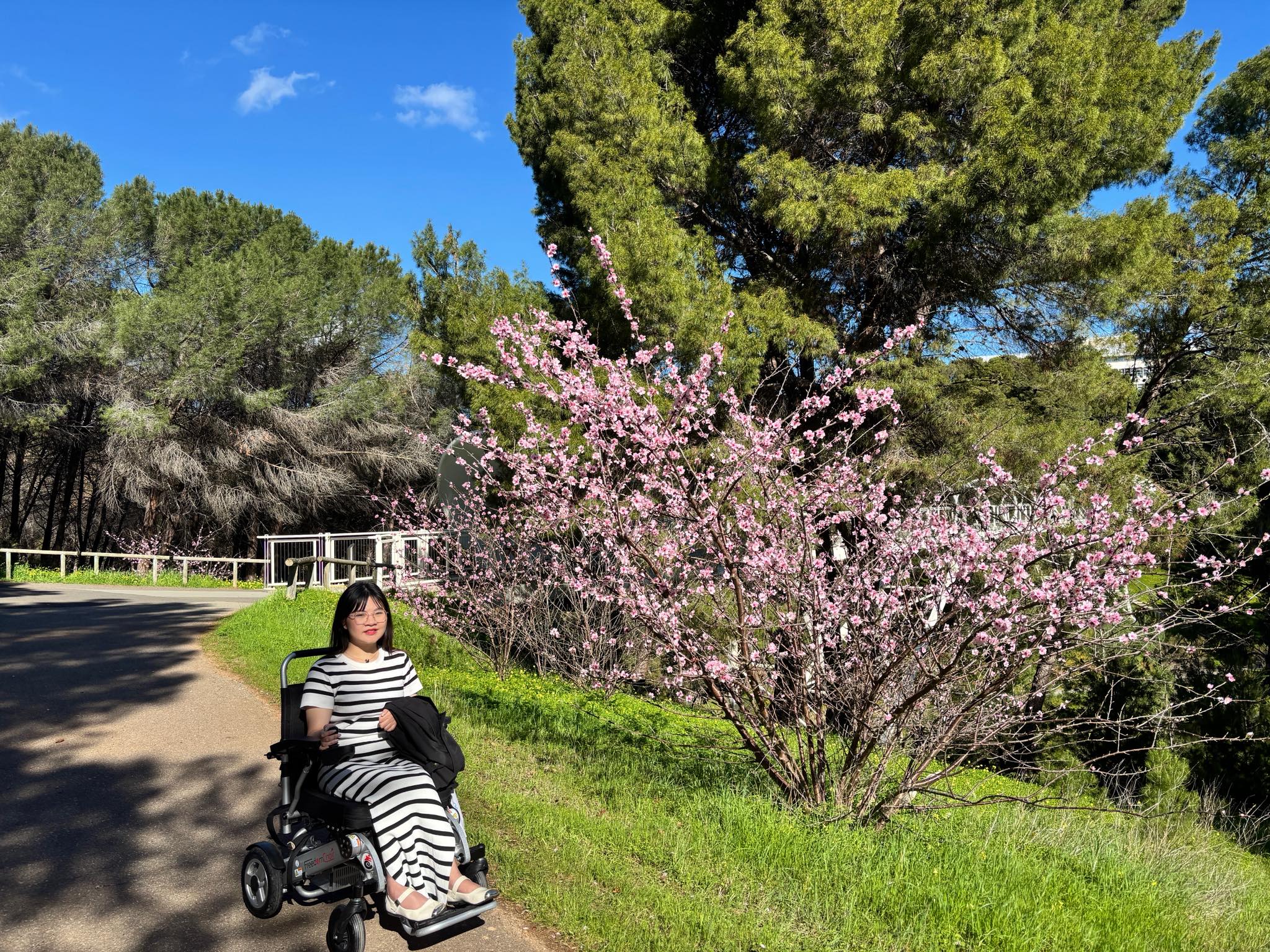 |
Tuyet Nhung in Australia, August 2025. Photo: *Courtesy of the subject* |
Tuyet Nhung, 27, researched before going to Australia to study last year. Nhung has a mobility impairment and uses a wheelchair, yet scheduling an appointment still took more than three weeks.
In Australia, the healthcare system is intricate. A general practitioner monitors primary health and refers patients to specialists when needed. International students must have OSHC insurance, while citizens or permanent residents use Medicare to cover healthcare costs.
During her first few calls, Nhung struggled. Even with good English, she found it hard to understand and schedule appointments via the hotline with healthcare staff, especially when they spoke quickly. She was bewildered when the general practitioner refused to see her without a referral, a stark contrast to Vietnam, where one can go directly to the desired specialist.
Over a year later, Nhung has adapted. The turning point was finding the HotDoc app, which helps track nearby clinics and doctor information. During appointments, time is not limited, doctors always ask open-ended questions for her to share her condition, provide clear explanations, and give thoughtful advice.
Dr. Huynh Wynn Tran advises Vietnamese people going abroad to carefully research health insurance, the list of doctors in their network, and how to book online appointments. He also recommends seeking advice from relatives or family. Patients should proactively ask questions, attend regular checkups even without symptoms, maintain adequate insurance, bring their insurance card to appointments, and learn some basic medical vocabulary in English to describe symptoms.
Old medical records should be translated into English for doctors to understand and avoid unnecessary tests. Note that some tests following European standards in Vietnam may need to be redone. They also need to understand that the family doctor is the "gatekeeper" coordinating and monitoring overall health.
"Being prepared for a slower but safer and more systematic medical process is the best way to adapt," he said.
Ngoc Ngan




